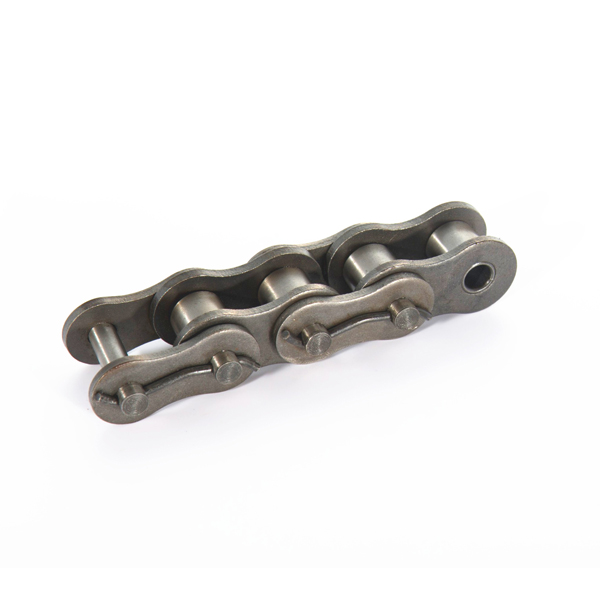Common failures of roller chains:
1. Sprocket tooth wear: If there is obvious wear on both sides of the sprocket tooth, the transmission alignment is not good. If there is a "curved groove" that means excessive wear, the sprocket should be replaced, or the sprocket can be reversed so that the less worn side faces the chain. It is best to replace the excessively worn sprockets together with the chain.
2. Pin shaft wear: Usually pin shaft wear is caused by insufficient lubrication. Always check whether there is abrasive in the lubricating oil or change the lubrication method.
3. Chain plate side wear: If the inner surface of the inner link chain plate is worn seriously, it means that the transmission is not aligned. The solution is to check the alignment of the shaft and the sprocket. If there is no problem with the installation, you can observe whether the rigidity is insufficient due to excessive load and deformation during operation.
4. Chain jitter: The reason for the jitter of the roller chain is that the chain is too loose, the load is too large, or one or more chain links are not flexible. The solution is to install a chain tensioner or adjustable center distance. Reduce the load if possible.
5. Chain and sprocket coordination: If the chain and sprocket do not fit well, it may be that the chain hinge is worn out and the pitch is elongated. If there is a phenomenon of tooth skipping, the chain should be replaced in time. If the sprocket is worn out, replace it to avoid damage to the new chain.
6. Excessive running noise of the roller chain: The excessive noise is caused by the non-coplanar sprocket; the chain tension is too large or too small; the lubrication is insufficient; the chain and sprocket are worn out; or the chain pitch is too large. The solution is to check the coplanarity of the front and rear axles parallel to the sprocket and correct them. Adjust the center distance and tensioning device to obtain proper tightness and ensure lubrication to the workpiece.
7. Roller chain chain tension: the chain tension is related to the drooping distance of the loose edge of the chain. For horizontal and inclined transmission with adjustable center distance, the sag of the loose edge of the chain should be 2% of the center distance. If the center line is driven vertically or subjected to vibration load, the reverse drive should make the chain more tensioned.

